Affairs: Paris 2024 / Île-Saint-Denis
Games changer
As Paris rushes to complete its transformation into an Olympic city, the mayor of the island at the heart of the Village is thinking ahead.
It’s a 15-minute walk along the Seine from Île-Saint- Denis’s 19th-century town hall to the high-rises of the new Olympic Village. This meandering route serves as a reminder of the challenges and opportunities that lie before Mohamed Gnabaly, the 39-year-old mayor of this riverine island in Paris’s long-neglected northeastern suburbs. Shuttered factories appear at regular intervals – vestiges of its bygone industrial heyday. The town hall is empty too. It’s still under renovation, having been set ablaze during last summer’s nationwide riots that followed the police killing of a teenager of North African descent. Gnabaly and his team have since been working out of a cramped temporary office in an old job centre around the corner.

But as the mayor takes in the view from a new pedestrian bridge linking his island constituency to the rest of the 21-hectare Olympic Village, he sees a landscape that is ripe with promise. “We’re a small island with a population of 8,500, spanning 85 nationalities,” says Gnabaly, who grew up on Île-Saint-Denis after his Senegalese parents moved to Paris in the late 1960s. “Unemployment is at about 30 per cent and we have a social-housing rate of 60 per cent. All of this makes it easier for us to try new things, to be a kind of laboratory for broader change and development. The Olympics have given us a chance to enhance that process and to speed up some of the regeneration projects that we have already initiated.”
Foremost among these is a new mixed-use eco district that has reimagined an area of the island previously known for its decrepit warehouses. Inaugurated by Gnabaly in 2017, this car-free zone has since been integrated into the Olympic Village, which also spans the neighbouring municipalities of Saint-Denis and Saint-Ouen. It has now become a key feature of the Paris Olympic Committee’s ambition to leave a lasting social, environmental and sporting legacy. Once the Games are over, the district will provide 1,000 new lodgings in an area at the sharp end of Paris’s housing crisis. Of these, 40 per cent will be reserved for social housing. The zone will also offer 50,000 sq m of new business premises, an arts and culture precinct, an aquatics centre, a hotel and 7.3 hectares of public space, including three hectares of parks.
During the district’s development, there has been an emphasis on using sustainable, low-carbon biomaterials, while residential blocks have been fitted with efficient thermal heating. “We can create the city of tomorrow,” says Gnabaly as he guides monocle along a leafy artery through the district, stopping to greet residents or point out new social enterprises. “The Olympics have provided a lot of the infrastructure but, for the rest, I am counting on us.”
It’s a lofty vision but the tall, bespectacled Gnabaly looks up to the challenge. Born in 1985 as the third of six children, he spent his early years in Goutte-d’Or in the 18th arrondissement, a working-class neighbourhood denigrated as a “no-go area” by some Parisians. At the age of six, his family moved to Île-Saint-Denis. A bright student, he obtained a master’s in finance from a Parisian business school before stints in Mexico City, New York and London as an investment banker. He returned in 2009, stricken with what he describes as “island sickness”. Two years later, he and five childhood friends founded Novaedia, an organic urban-farming co-operative that hires and trains people who have fallen out of the workforce.
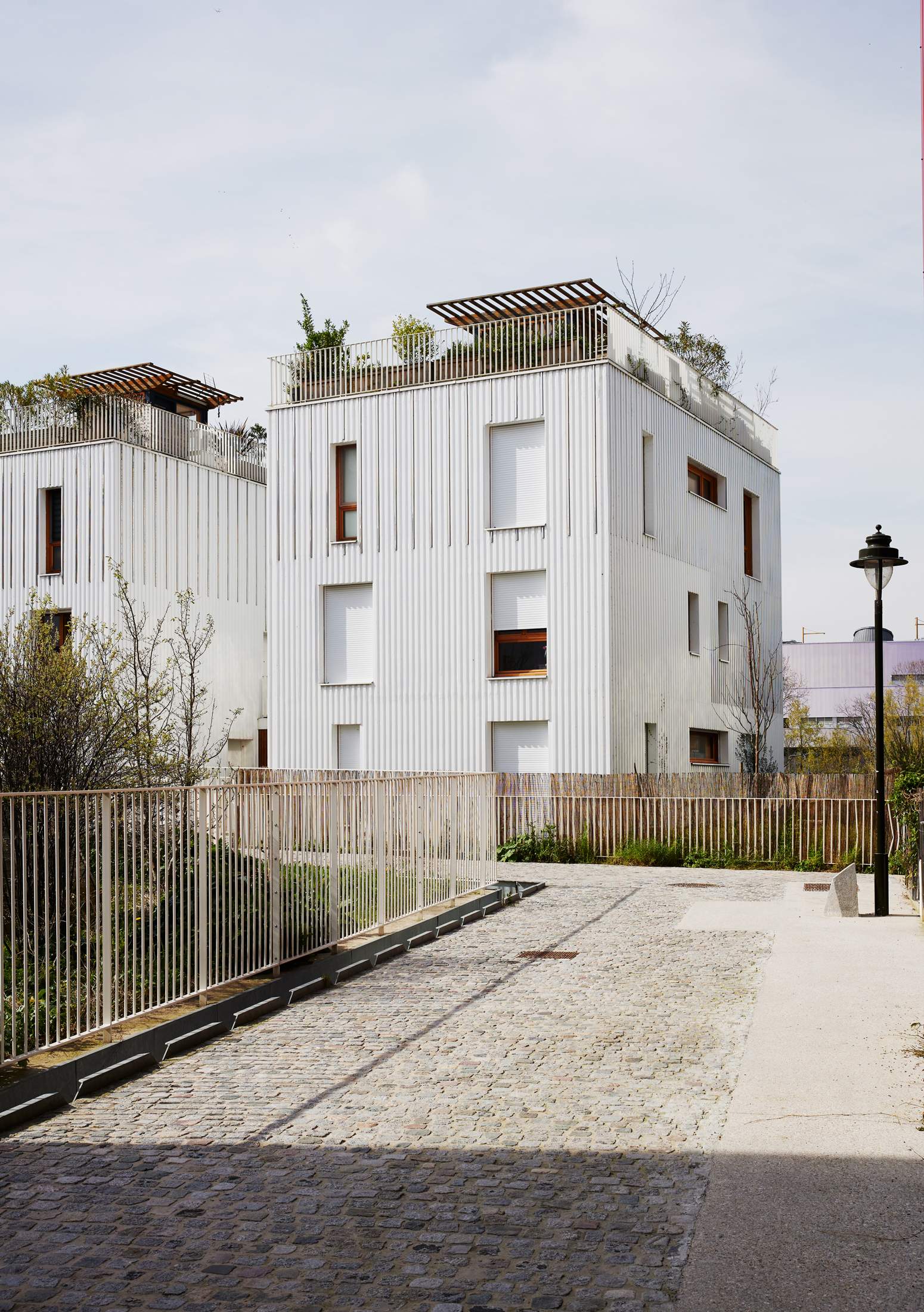
Residential blocks in Île-Saint-Denis’s eco district

Gnabaly giving a tour of his social enterprise
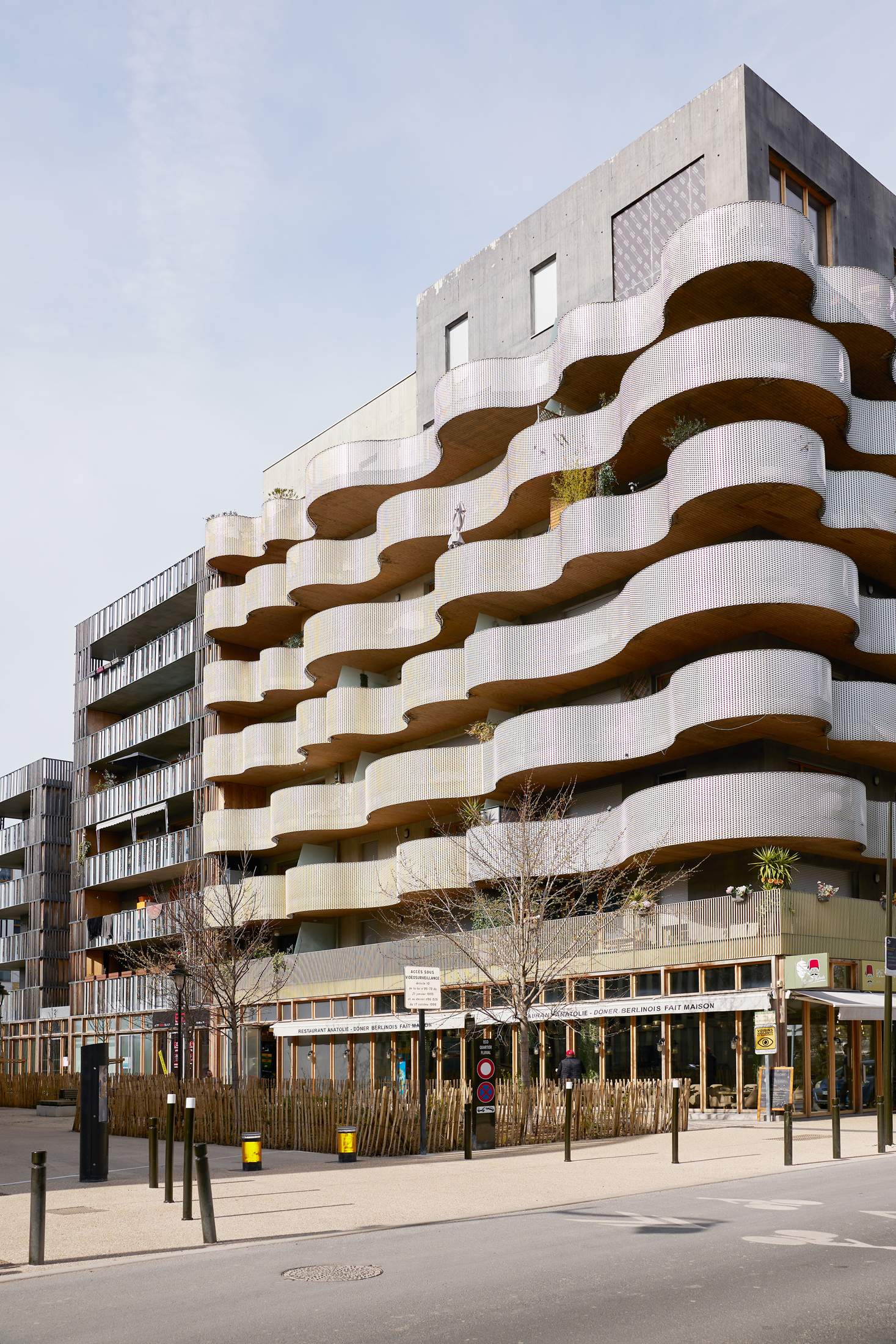
New flats and an Anatolian restaurant on the edge of the eco district

Novaedia’s head office
Gnabaly admits that he used to have little regard for traditional politics. But in 2014, Green party stalwart Michel Bourgain, who was then the mayor of Île-Saint- Denis, spotted the young social entrepreneur’s potential and convinced him to become one of his deputies. Gnabaly was tasked with handling employment and social economy. After Bourgain retired for health reasons in 2016, Gnabaly, who was then 30 years old, took the reins as mayor with the backing of more than 72 per cent of the council. In doing so, he became one of the Île-de-France region’s youngest-ever mayors. In the 2020 municipal elections, Gnabaly, who wasn’t affiliated with any political party at the time, was re-elected with almost 50 per cent of the vote.
In many ways, he has sought to continue Bourgain’s legacy. His predecessor served as mayor for 15 years. “Michel had a clear urban plan,” says Gnabaly. “He was already working on energy issues, on mobility, on creating more natural spaces. However, our society wasn’t quite ready yet. I have shown up at a time when these are popular subjects so have perhaps been in a better position to push some of these things forward.”
When Gnabaly was first elected in 2016, he set himself the goal of ensuring that 50 per cent of ingredients used in meals provided by Île-Saint-Denis’s three municipal schools were comprised of organic ingredients, more than double what was being used at the time. Having achieved that by the time of his re-election, he raised the target to 100 per cent by 2026. Today all of the municipality’s 800 daily school meals are made in a single central kitchen using 90 per cent organic ingredients.
In 2019, alongside the mayors of Stains, Saint-Denis and Bondy, Gnabaly lodged a legal complaint against the French government for “unequal treatment” and “territorial discrimination”, highlighting the lower levels of funding and staffing that the Seine-Saint-Denis administrative area received compared to other, wealthier parts of the city. Several other mayors joined the suit, helping to build a movement that played a significant role in the government’s decision to make the Seine-Saint-Denis department the focus of its Olympic legacy project. About 80 per cent of the €7.1bn budget allocated to Paris 2024 projects has been invested in the department, which remains both one of the youngest and poorest in the country. The area’s mayors, including Gnabaly, have been a key part of a decision-making process that has focused more on improving residents’ lives rather than on grandiose building projects.
Meanwhile, Novaedia has continued to expand, with Gnabaly still serving as general director, though its premises have moved to the neighbouring commune of Stains to avoid any conflict of interest while he is in public office. The organisation’s new home centres around a €4m multipurpose building made from recycled and bio-based materials. It currently provides employment to more than 40 young people, 80 per cent of whom come from Seine- Saint-Denis. Among other things, the 1.3-hectare site comprises an organic farm, cooking laboratories, an incubator for sustainable start-ups and an in-house restaurant. “We are profitable because we operate a multi-activity business: urban agriculture, catering, urban logistics, training and workshops,” says Gnabaly. “We have shown that it is possible to create sustainable jobs in our region at every level, from farm to plate.”
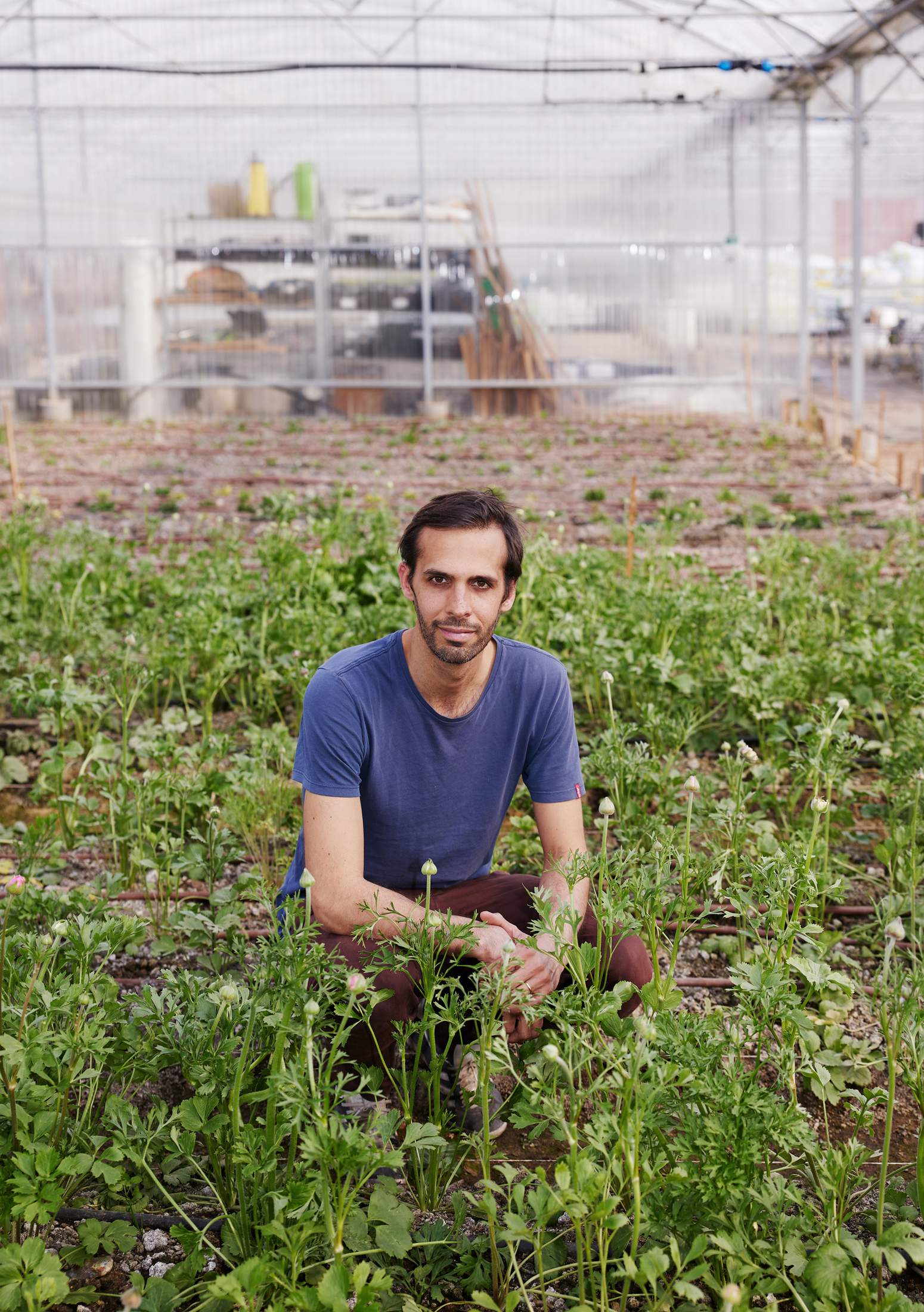
Quentin Metge at Halage’s Île-Saint-Denis site
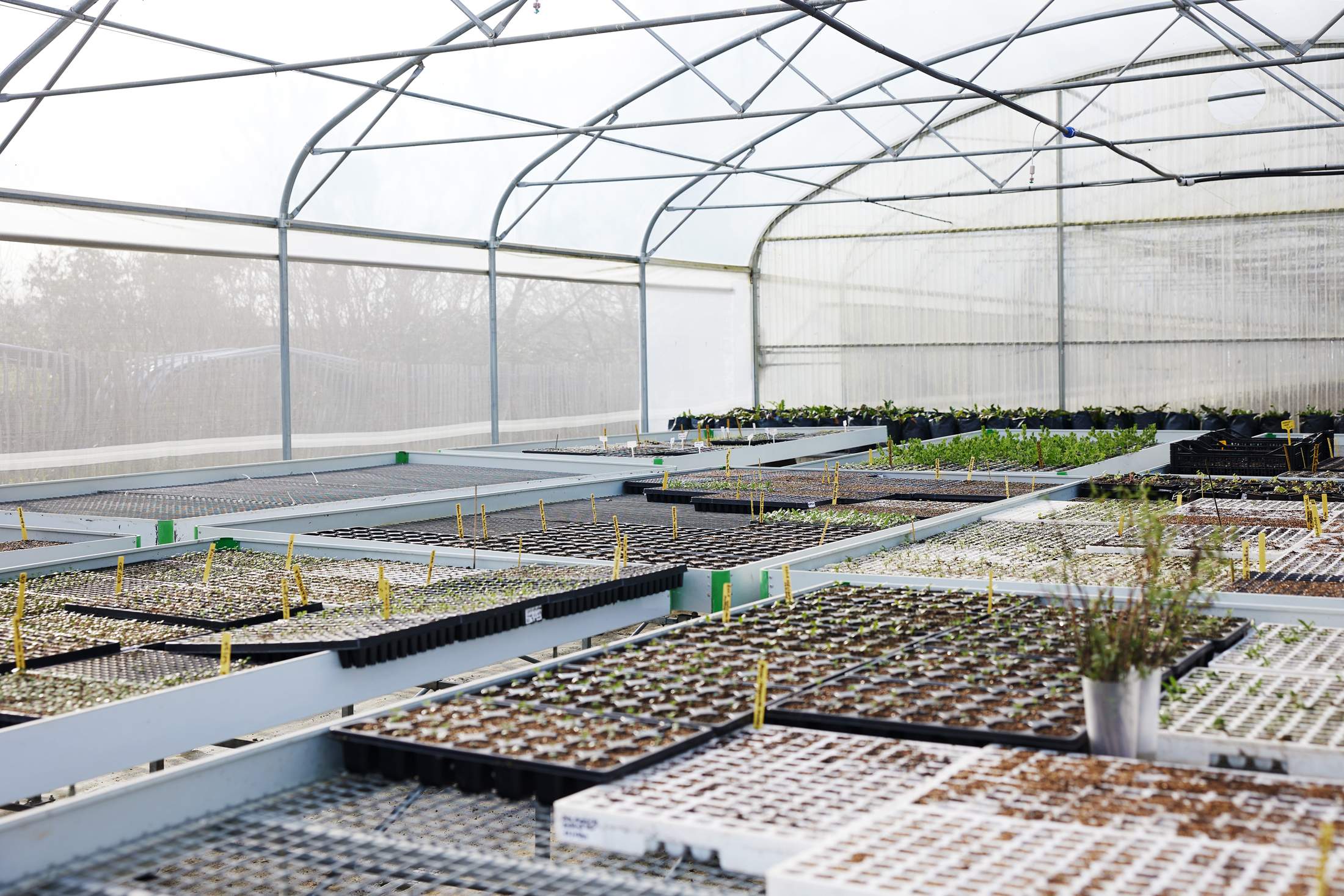
Seedlings in a Halage greenhouse
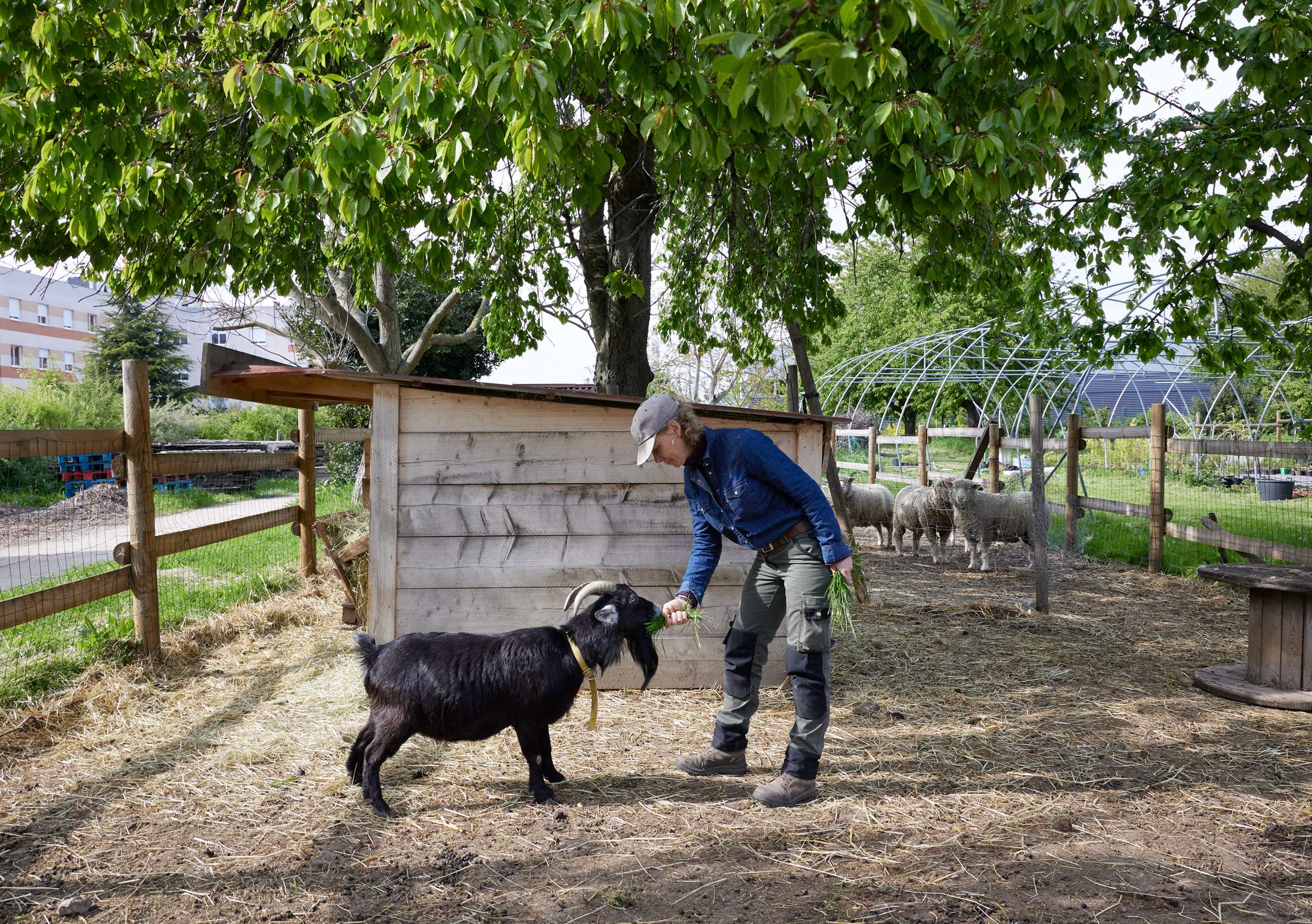
Novaedia’s organic urban farm
As mayor, Gnabaly has also opened the door to other organisations that seek to push the envelope of what he calls “popular ecology”. Among these is Halage, a nonprofit that specialises in social integration through ecological initiatives. In 2018, with the support of the municipality, Halage took over a 3.6-hectare industrial wasteland in the north of Île-Saint-Denis, sandwiched between the island’s municipal park and a bird sanctuary. Halage has regenerated its once-polluted soil, created a thriving flower business and provided another valuable source of jobs and training to hundreds of people in “difficult situations”, as site co-ordinator Quentin Metge puts it. “Gnabaly has been a tremendous ally,” he tells me outside one of the site’s capacious greenhouses, where some of the first spring flowers are just starting to bloom. “He is completely in sync with what we are doing and vice versa.”
But while the Games have undoubtedly increased Gnabaly’s political stock (he led Emmanuel Macron on a tour of the Olympic Village for its inauguration in late February), they have also provided his opponents with ammunition. Several have invoked the spectre of gentrification and the Olympics’ notorious history of unfulfilled promises in other host cities. Grievances include traffic disruptions, which have affected businesses in the area, and fears about air pollution.
Gnabaly has often sought to counter such complaints by emphasising some of the new developments’ less glamorous aspects, including the construction of an antinoise barrier on the busy a86 highway, which bisects the island, and the replacement of overhead power cables with underground ones. Then there’s the long-awaited renovation of several existing public sports structures, including the island’s only stadium, which has been bestowed with a new athletics track, and a previously run-down indoor sports complex that athletes will use during the Games for boxing, gymnastics and basketball training. In a further bid to make the Olympics feel less abstract for the community, the mayor has also guaranteed every Île-Saint-Denis resident a free ticket to an event.
Nevertheless, he concedes that his long view of the Games’ legacy has not always been an easy sell in an area where most people are preoccupied with more immediate problems. “I wouldn’t say that the feeling towards the Games is negative but it’s certainly not ‘Wow!’” says Gnabaly. “People have basically been living on a building site for the past five years. They are tired of all the construction. We have been careful not to be insensitive to this. At the same time, we haven’t had many complaints because most people have come to understand that this is all going to be for them.”
But some residents are unconvinced by their mayor’s optimism. “The Olympics won’t bring us anything,” says Salim Ben, who works at a halal butchery in the eco district. “If anything, it will destroy our community a little bit.” Namani Cyrille, the owner of the boutique African hair salon nextdoor, is more ambivalent. “I was based in Saint-Ouen before and had a well-established clientele that followed me,” she says, braiding a customer’s hair. “But it would be tricky to set up shop here without that. Also, some of the new businesses won’t be accessible to a significant part of the population. I saw it happening in Saint-Ouen, which has gentrified enormously. People are already being pushed out.”

Flats in the heart of the eco district
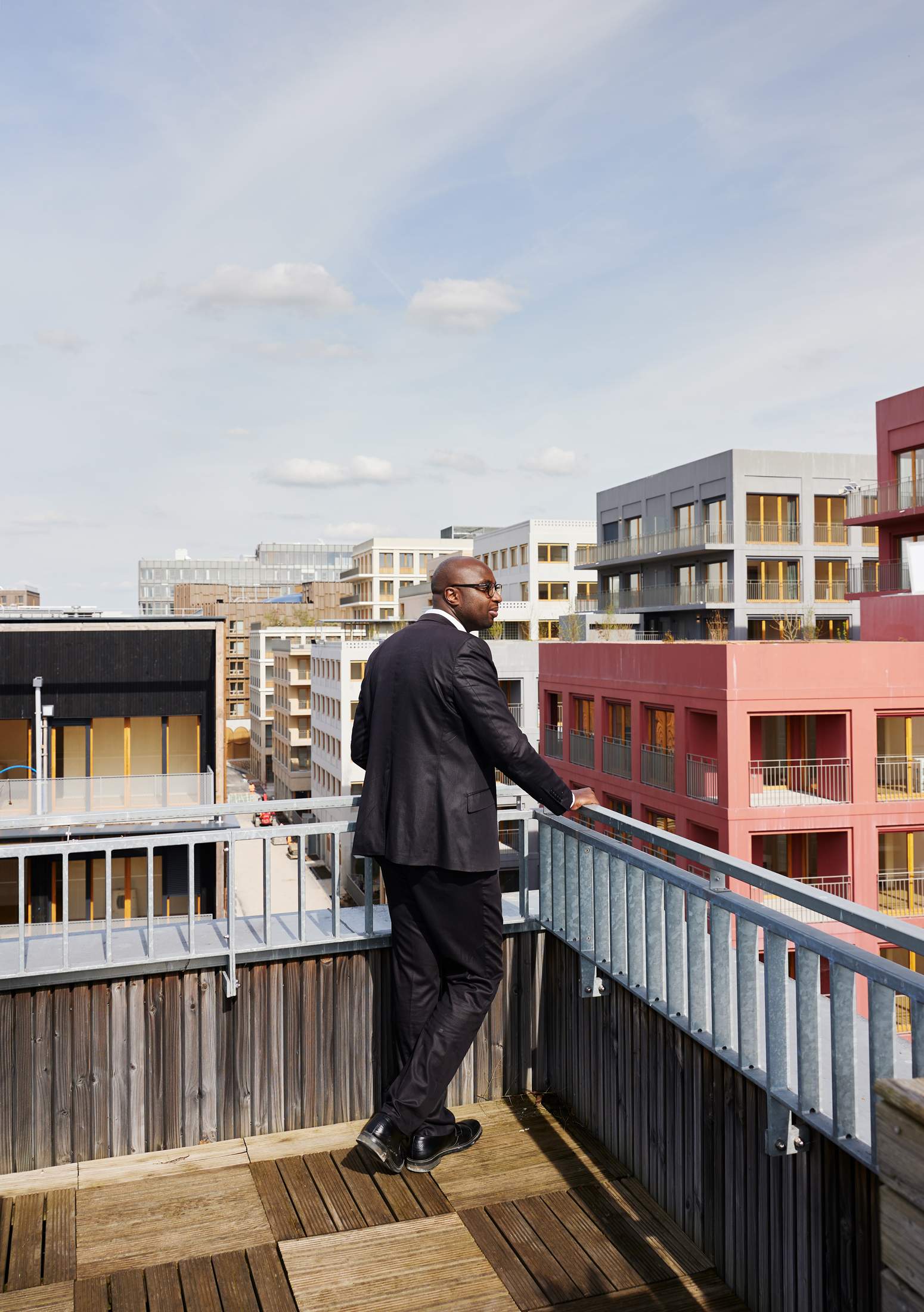
Gnabaly surveys the Olympic Village
Gnabaly concedes that gentrification is what concerns most residents. “It’s an issue,” he says. “To a degree, it’s something that is already beyond the control of municipal mayors. But we can put mechanisms in place to protect ourselves.” As well as allocating the lion’s share of the eco district’s new units for social housing, Gnabaly has capped their sale prices at €3,500 per square metre of living space, more than 35 per cent lower than a similar cap imposed on the Saint-Ouen section of the Olympic Village.
The initiative that excites him most is participatory housing. Residents are included in the planning and architectural decisions concerning their building and its common areas. In 2018, alongside public-development institution Plaine Commune, the municipality completed a four-storey block in the heart of the eco district, built using low-carbon timber with a façade of recycled sheet metal. More are expected to follow after the Games. “This was the first building in the whole Seine-Saint-Denis department where we mixed social rentals, social home ownership and private housing,” says Gnabaly, leading monocle into the building. Inside, we are met by Laurette, who rents one of the 26 units. “We make all decisions together here,” she says. “Everyone has the same rights. Even with the construction work going on outside, we’re good here.”
For Gnabaly, creating a common language has been essential to the success of such ventures. “As a community, we share a strong social and environmental conscience,” he says. “It has become something almost innate.” This common language is also key to understanding the mayor’s optimism about Île-Saint-Denis’s post-Olympic trajectory. “I know how to speak to people’s lived realities,” he says. “That’s what so much of my work has been focused on and how we’ll ensure that we all move forward together.”
We take the elevator up to the communal terrace, which doubles as a rooftop garden. The island is so narrow here that we can see the Seine on both sides of us. Gnabaly points out the top of the Eiffel Tower in the distance, beyond the gleaming Olympic Village. “When I talk about the city of tomorrow, I’m interested in the life within it,” he says. “We have put a lot of work into creating a village spirit here – real links between people, a sense of closeness.” He takes a moment to admire the view, his eyes squinting a little in the bright afternoon sun. “It’s very pretty, isn’t it?” —


